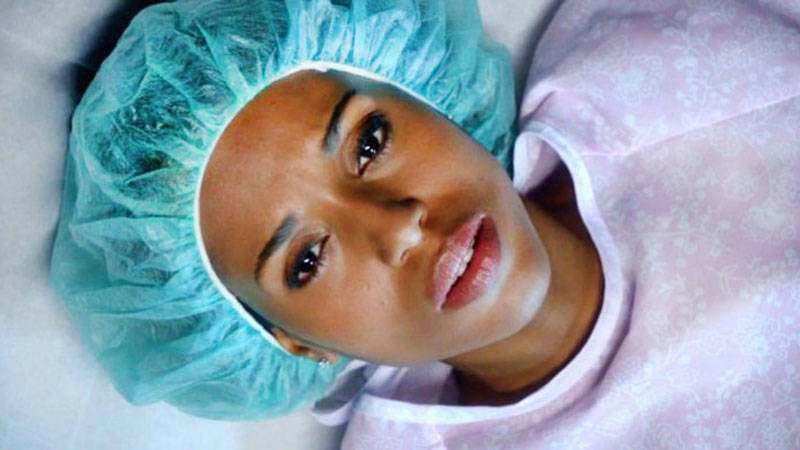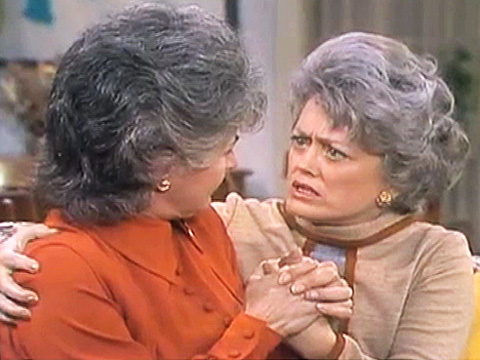This morning, those of us who believe in a woman's right to choose have something to celebrate: the Supreme Court has struck down abortion restrictions in Texas. But victory has become an unfamiliar sensation, as of late. At the end of March, Indiana Governor Mike Pence signed one of the most restrictive abortion laws in the country, a bill so extreme even some pro-life lawmakers opposed it. Around the same time, Donald Trump suggested (and then recanted) that women who receive abortions should be subject “to some kind of punishment.” The last few years have seen the curtailing of abortion rights across the US, from Tennessee to Texas, North Dakota, and most recently Oklahoma.
I’ve watched these explosive conversations and laws unfold across the country with horror, as women’s bodies are used and abused by the political process. Missing from many of these political conversations are women’s voices and missing from the media landscape, from television to film, are representations of women who choose to have abortions, whatever their reasons may be.
When TV shows attempt to stay neutral on the issue of abortion, in order to avoid offending an imagined conservative audience, they in fact take an anti-choice stance. Plot lines in which abortion is not considered as a reasonable option reinforce the spectacle and stigma around the procedure. That's why it's so important when shows like Scandal offer diverse representations of reproductive choices, helping to normalize the scope of possibilities available to women.
Abortion’s absence in entertainment television is nothing new. Broadly's Briana Fasone writes that, “until the 1960s, abortion, which was illegal in 44 states in nearly all situations that didn’t threaten the life of the mother, was absent as a plot line in television.” Fasone details this early history of abortion on TV, which included news reports, a controversial episode of The Defenders, and a Walter Cronkite special. Moreover, pregnancy itself has often been invisible on network television. For decades, women’s pregnant bodies have been largely hidden behind drapey clothes (see: Lucille Ball), tight camera framing, and even the occasional giant popcorn bowl. (I’m looking at you, Scandal.)
Even more obscure are storylines that engage and carry through with abortion in primetime network programming -- the most expensive and conservative landscape in television -- especially when the procedure involves a main character. Here, Scandal made history in its mid-season winter finale, “Baby, It’s Cold Outside,” showcasing its central character choosing, without fanfare, to have an abortion. Olivia (Kerry Washington) wasn’t the first character to make this choice on television, but she is one of a very select few.



